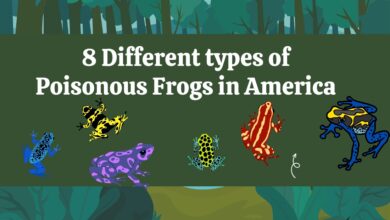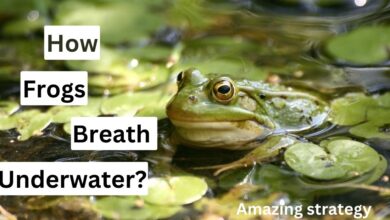How do otters swim and breathe underwater?
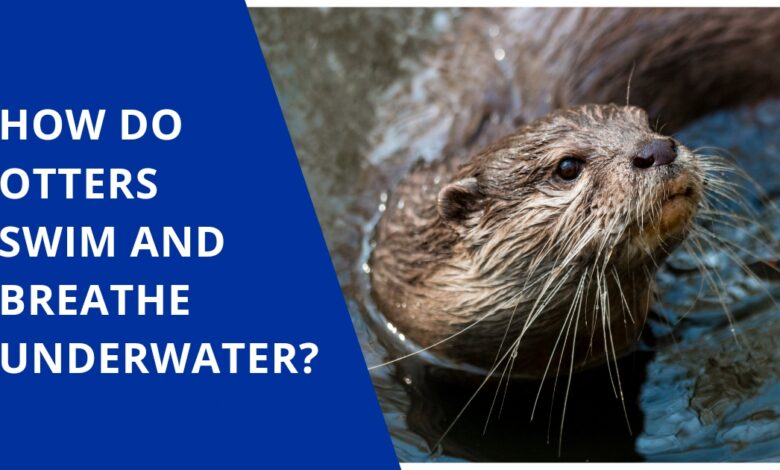
How do otters swim and breathe underwater?
Otters are remarkable aquatic mammals known for their graceful and agile swimming abilities. Their streamlined bodies and specialized adaptations enable them to navigate and thrive in aquatic environments.
In this exploration, we’ll delve into the fascinating aspects of how otters swim and breathe underwater, shedding light on their unique characteristics that make them well-suited to a semi-aquatic lifestyle.
Otters are incredibly skilled swimmers, equipped with several adaptations that enable their aquatic prowess:
Streamlined Body: Otters have sleek, elongated bodies with powerful tails, allowing them to glide effortlessly through water.
Webbed Feet: Their feet are extensively webbed, aiding in efficient paddling and swift maneuvering underwater.
Dense Fur: Otters boast dense fur that traps a layer of air close to their bodies, providing buoyancy and insulation for warmth.
Playful Aquatic Behavior: Otters engage in playful activities like rolling, diving, and somersaults, honing their swimming abilities from a young age.
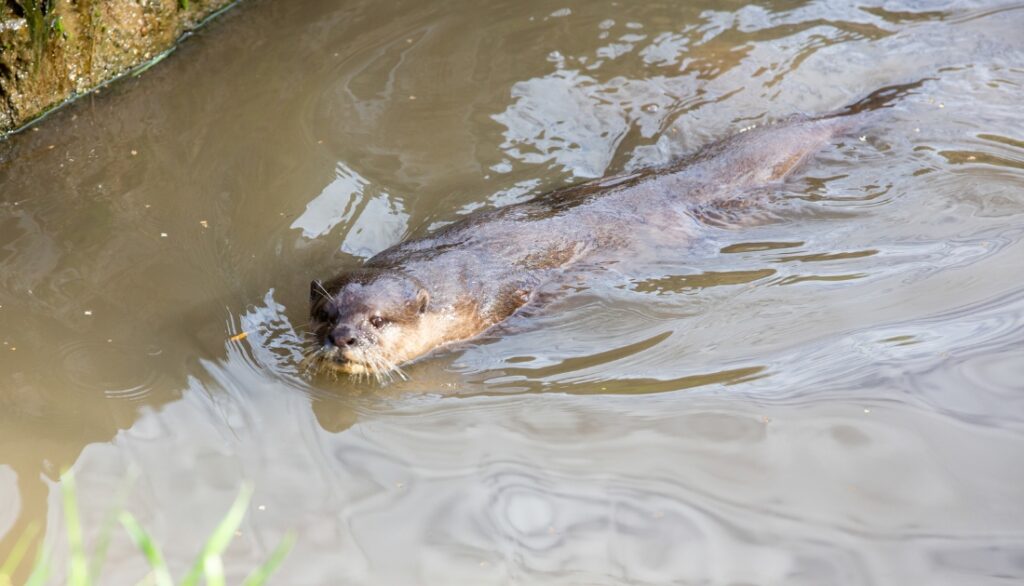
Diving Techniques: They can dive to impressive depths, often using their hind feet and tail for propulsion, while forelimbs are used for steering.
Whiskers for Sensing: Otters use their sensitive vibrissae (whiskers) to detect movements of prey underwater, aiding in efficient hunting.
Underwater Breathing: Otters can hold their breath for extended periods, relying on well-developed lungs and a high metabolic rate.
Stone Tool Usage: Sea otters, in particular, exhibit tool use, employing flat rocks to crack open shells of mollusks, showcasing their intelligence.
How otters fur helpful in swimming?
Otters’ swimming abilities are a harmonious blend of anatomical features, behavioral adaptations, and playful practices that make them expert navigators in aquatic environments.
Otters’ fur serves several crucial purposes in aiding their swimming abilities:
Buoyancy: The fur of otters is exceptionally dense, creating a layer of air trapped within it. This trapped air provides buoyancy, assisting otters in staying afloat effortlessly.
Insulation: Otters often inhabit cold water environments. The dense fur acts as an insulating layer, preventing heat loss and enabling them to maintain a stable body temperature even in chilly waters.
Waterproofing: Otters have guard hairs that resist water penetration. These specialized hairs trap a layer of air against the skin, keeping the inner fur layer dry. This waterproofing effect enhances buoyancy and insulation.
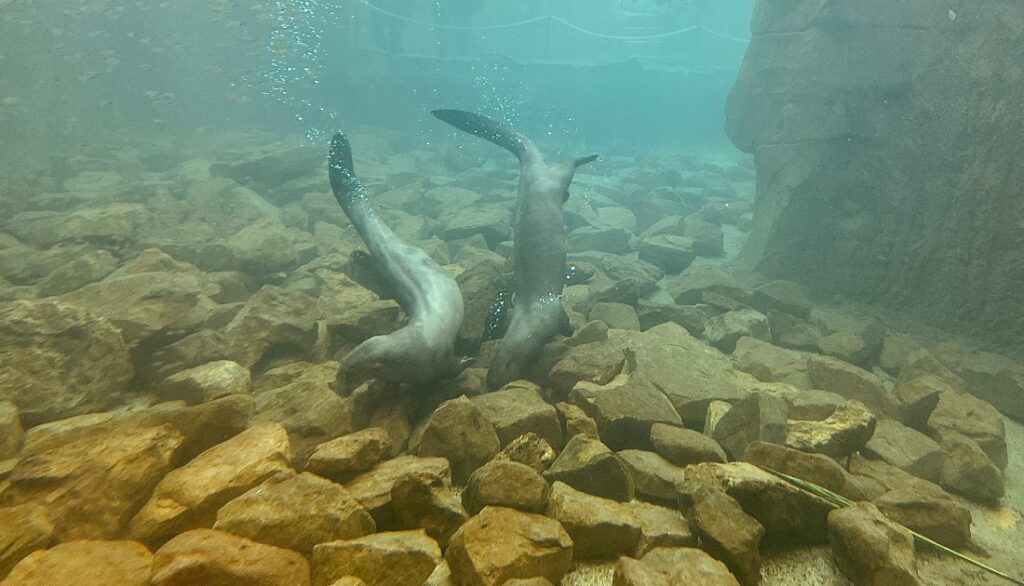
Hydrophobic Oils: Otters produce natural oils that contribute to the waterproofing of their fur. These hydrophobic oils repel water, allowing otters to maintain a streamlined and dry coat while swimming.
Reduced Drag: The sleek, streamlined design of otters’ fur minimizes drag in the water, facilitating swift and efficient swimming.
See Also: Do Otters Consume Fish? (Unveiling Their Feeding Habits!)
How otters breath underwater?
Otters are well-adapted to breathe underwater, and their respiratory system allows them to stay submerged for extended periods.
Otters have large lungs relative to their body size. This increased lung capacity allows them to take in more oxygen with each breath.The dense fur of otters traps a layer of air against their skin, providing buoyancy. This allows them to float effortlessly at the water’s surface, making it easier to breathe.
Before diving, otters take a series of rapid, deep breaths. This helps load their blood with oxygen. The oxygen is then stored in their muscles and bloodstream, allowing them to use it while submerged.
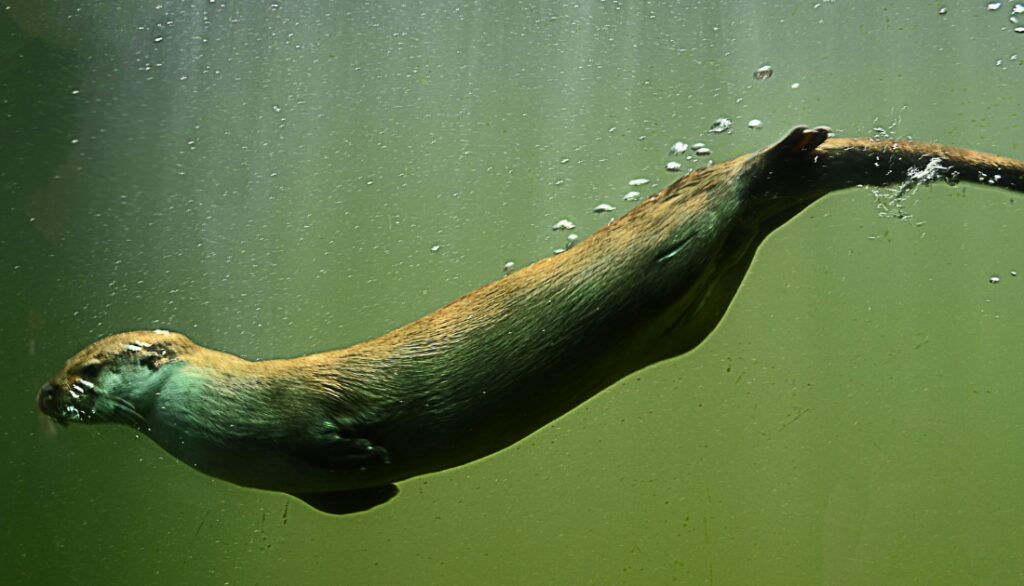
Otters have the ability to close their ears and nostrils when diving. This prevents water from entering these openings and protects their respiratory passages. While submerged, otters can slow down their heart rate, conserving oxygen. This adaptation enables them to extend the time they can spend underwater.
Otters have a streamlined and flexible body, which reduces drag in the water. This streamlined form allows them to move efficiently, conserving energy and oxygen.
How long otters can stay underwater?
Otters are impressive divers and can stay submerged for varying durations depending on the species and circumstances. River otters, for example, can typically hold their breath for about 4 to 5 minutes, while sea otters may stay submerged for around 2 to 3 minutes.
It’s important to note that otters are highly skilled and agile underwater, and their ability to stay submerged is influenced by factors such as their activity level, metabolism, and whether they are actively foraging or simply resting. Additionally, otters often take short dives, resurfacing frequently for a breath, rather than engaging in prolonged deep dives like some marine mammals.
Their adaptation to aquatic life, including efficient use of oxygen, streamlined bodies, and specialized fur, allows otters to excel in underwater activities.
Where otters spend most time, on land or in water?
Otters are well-adapted to an amphibious lifestyle, but the time they spend on land or in water can vary between species. River otters, for instance, are known to spend a significant amount of time both on land and in the water. They have dens on land where they rest, give birth, and groom themselves.
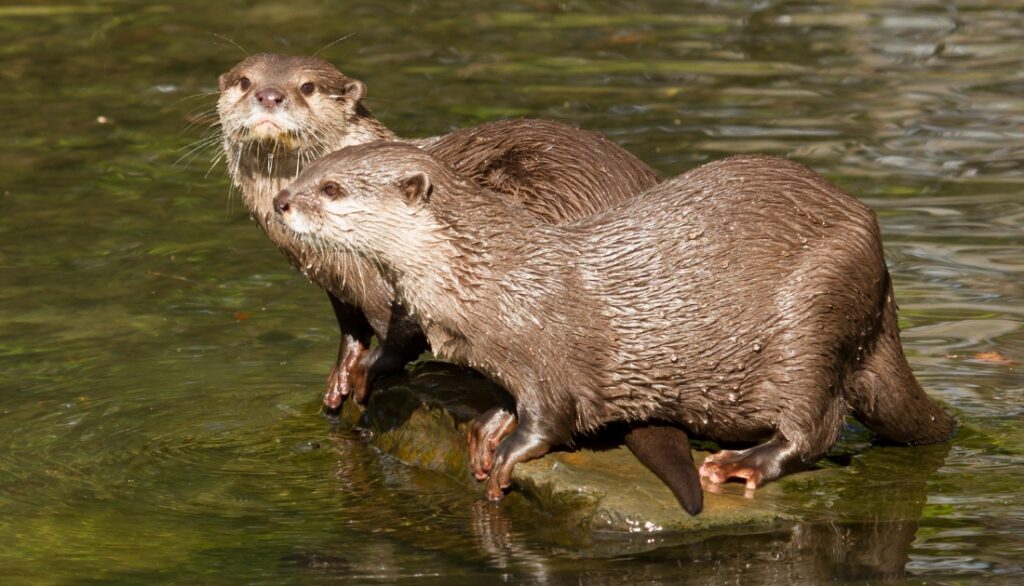
On the other hand, sea otters are more aquatic and are often seen floating on their backs at the water’s surface. They have a less terrestrial lifestyle compared to river otters. Sea otters use kelp beds in coastal areas as anchors to prevent drifting away while they rest and sleep.
In general, otters have a close association with water, and their behavior is adapted to their aquatic environment. They are excellent swimmers, and much of their hunting and feeding activities take place in the water.
